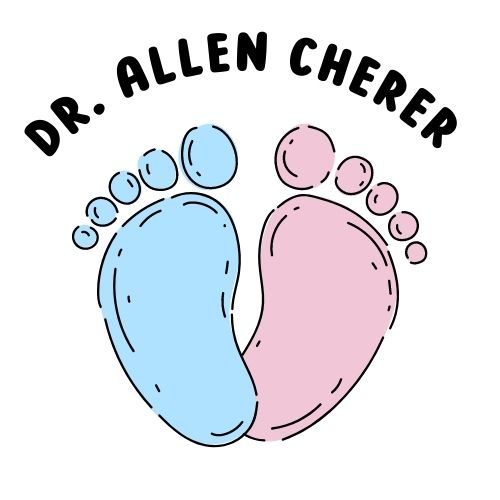Jaundice is a condition that affects babies that is recognizable by yellow skin and eyes. It can be caused by too much bilirubin in their blood. The body’s natural breakdown of red blood cells results in the excretion of a yellow substance known as bilirubin. The liver then takes out this substance. However, in newborns, the liver doesn’t remove as much as it can in adults. This leads to jaundice, which occurs when the body doesn’t get rid of the yellow substance as quickly as it should.
Symptoms
A baby with jaundice has yellow skin that starts from the face to the stomach and then moves to the legs and chest. The whites of their eyes also appear yellow. With high bilirubin levels, babies with jaundice may also have floppy or tired eyes, difficulty feeding, and sleep disorders.
Since jaundice can be hard to recognize in babies with darker skin, it’s crucial to gently press the skin on their forehead or nose to check. If your baby seems sick, looks tired, or has jaundice that worsens, you should immediately consult a doctor.
Causes
Normal jaundice is usually seen in healthy newborns. This condition occurs because the body has more red blood cells than adults. When these blood cells die, more bilirubin is produced, which causes jaundice.
However, babies born prematurely are at risk of developing more severe jaundice. They’re not ready to remove the yellow substance yet and may have problems with low levels.
Diagnostics
Examining their skin and eyes, doctors can also tell if a baby has jaundice. All newborns are tested for this condition before they leave the hospital.
Infants with jaundice are usually tested for their bilirubin levels using a light machine. However, if the level is high, a blood test is required.
Treatment
Treatment can vary depending on the cause of jaundice, the baby’s age, and the bilirubin level. Mild jaundice can go away within a couple of weeks, while more severe jaundice can be caused by the body’s inability to remove the extra yellow substance.
If a baby has more severe jaundice, treatment should begin immediately. It’s essential to avoid dehydration, as a loss of fluids can cause the body to increase its levels of bilirubin.
In phototherapy, babies are placed under lights to expose their skin. The light can change the body’s chemical composition to remove the yellow substance.
A blood transfusion is performed in an emergency to lower a baby’s bilirubin level. This can be done if the baby’s level of this substance is not brought down by phototherapy.
A baby with a blood type incompatible with the mother’s will receive intravenous IVIg, an antibody that can block the body’s attacks against red blood cells.
If a baby has jaundice that’s not going away, it must be checked by the doctor. Some other conditions that can cause this condition include infections and problems with the liver and the bile system.
